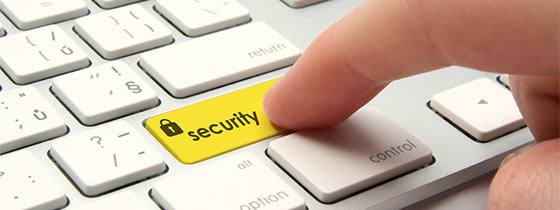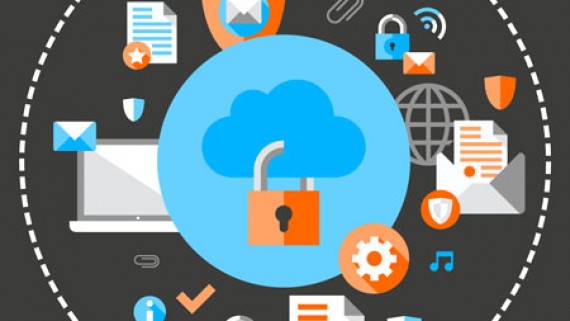How to Make a Website Secure
With each passing day we hear new stories about hacking. Most of the people are facing the loss of millions by losing the passwords of their credit cards. Some people lose their email accounts due to such hacking attempts. There are different purposes of hacking. Most of the web developer becomes the victims of hacking. If you are a web developer then you must need to think seriously about the protection of your website.
It is not necessary that if your web site is not famous then there is no risk of hacking. Hacking is not just to steal your confidential data and information. This is also not to be used to shut your site down. Quite often the purpose of hacking is to use your hosting space for illegal purposes that include sending spam emails and spreading the virus.
The hackers are able to convert your website into a malicious spy bot within few minutes without even realizing you, your site may be used to send sensitive data of users to hackers. They can inject your website content with malicious virus links and are able to hijack your hosting account easily.
Hackers are attacking popular Web sites through automatic scripts on regular basis. A web developer is always facing the risk of hacking. In order to protect your website from hackers and in order to secure your server recourses you need to take some security measures.

A web developer always works hard on his website but a sudden attack of hacker may waste all of his efforts.
After reading all the things you do not need to scare about the security of your website or blog. Because by adopting following 6 simple and easy ways you can protect your web site or blog from hackers.
- Always take backup of your website files. Some of the hosting providers are already providing the facility of auto backup on daily, weekly or monthly basis.
- Always make sure that the script and softwares installed on your server are up to date. You will be required only a few minutes to update any scripts or software running on your blog including CMS or Forum.
- The password is required to enter into a website. It works like a key of the door of your web account. You must use strong passwords with minimum 8 characters, uppercase letters, numbers and symbols.
- Install the updated firewall in your system. Before uploading any file on server, make sure that the file is scanned and cleaned from virus.
- Install security plugins and use website security tools like Netsparker, OpenVAS and Nessus etc.
- Lock your files directories by using read, write & execute permissions.



